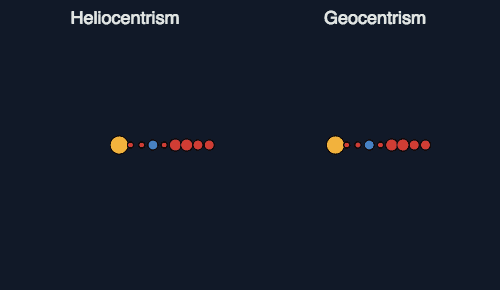Some might call me an armchair football fan. I know all the teams, facts and figures, I’m good at Fantasy Football, but please don’t ask me to play the game! The same could be said about me and DevOps. But, one of the reasons I was asked to champion this topic is that there is a strong desire to change the culture and organization within Axway, so that we can efficiently deliver on our SaaS platform, which requires a strong DevOps presence. So, with that in mind, pass me some shoulder pads (if football means American football to you) or shin pads (if football means soccer to you) and let’s get on the field/pitch!
Are we, Axway, a company where engineering and operations only meet at the board level? DevOps will be just another buzzword if we don’t have the right culture. Cultural change is difficult. To help drive culture change, we need to establish cross-functional teams of development and operations. When you operate, you are risk-averse and are naturally inclined to limit changes to systems. When you develop, you are rewarded for innovation and delivering at speed. It will take time to get dev and ops teams to trust, understand, and ultimately have empathy towards each other’s needs. The primary characteristic of a DevOps culture is increased collaboration between the roles of development and operations. Important cultural shifts will need to be made within teams and at an organizational level to support this collaboration.





 Image: CNET/James Martin
Image: CNET/James Martin